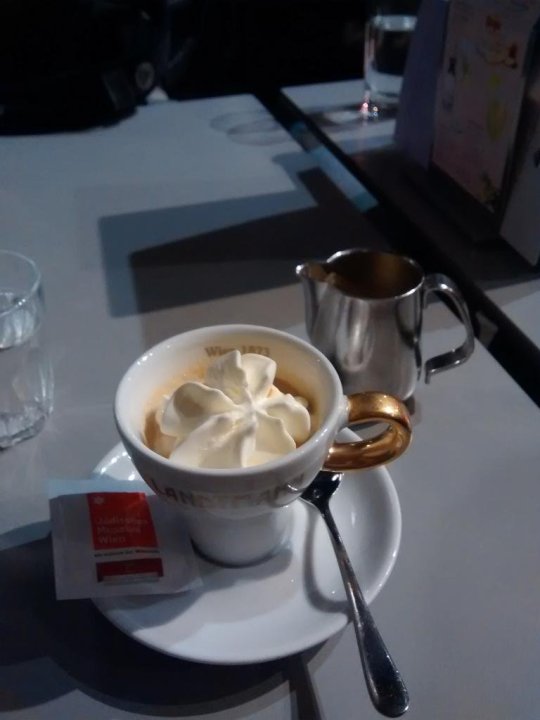
In Vienna I had an espresso-fueled discussion with Dimo and Georgi about how the price of goods relates to their value. We got through quite a few different ways in which they are indirectly connected, so I thought I’d write them all down, even if only for my future reference.
- Choice paradoxes. For example, if you want people to tend to choose a product at a particular price, you can present it in order with two others: one which is far more expensive, and another which is far cheaper.
- Price as independent signal of value. For example, vases, which are sometimes valued because of uniqueness, do not have that aspect as a directly visible property. If one is initially advertised at a “bargain” low price then people may not buy it because this is interpreted as a signal that the seller does not think it is rare. The seller can then raise the price to remove this effect. As long as it is still cheap enough that the buyer does not do an extensive check before purchase, then they may be able to sell a vase which is actually quite common.
- Price as future resell value. Similarly to above, prices for extensive pieces of Art are hard to determine. Many collectors buy and sell on the basis of what a group of experts think a piece will sell for at a future auction. To some extent this price is then self-fulfilling, particularly since collectors are often independently rich and can wait to sell when they think the price they want can be reached.
- Artificial scarcity. This is the classic "available only today" scam, where the price is reduced for a limited time. A vendor can easily do this across a large catalogue of products where any given product is given a synthetic limited availability.
- Misleading discounting. Similar to above, except a product is sold at a high price for some minimum duration, before being "discounted" and advertised at the sellers desired price.
- Multi-item bundles, or volume discounts, irrespective of need. This is things like "2 for the price of 1", where only 1 item is really needed. For example, you may only want a small coffee, but the per-volume cost is noticeably more than the medium size, so you are pushed into choosing it instead. You could argue this is also a form of item 1, since you often see small/medium/large as options.
- Artificial correlation. For the airline industry alone, I suspect you could write a book on these. For example, typically a seller will have to pay a fee to the credit card issuer on each purchase. However this is a per-transaction cost and does not have any relation to, for example, the number of people travelling, but some airlines use that as a multiplier of the credit card charge.
- Brand uplift. For two similar items in two separate catalogues, the company with the better brand is able to charge a higher price. To some extent this is reasonable, because there is value in the expectation of higher quality, reliability, better servicing and possible future resell value. However, these extras come at a cost to the seller, so there is an incentive to smear out the benefits of the brand whilst reducing costs. Brands are built on reputation, but if you can skimp on quality, whilst keeping it hard to notice it has been reduced, or get disproportionate gain in positive publicity from a loss-leading set of products, then you get the benefits of a good brand whilst reducing costs.
- Brand as the product itself. There are extreme examples, like trainer brands, where wearing the same brand as your peers is more important than the shoe itself.
- Negotiable prices. For example, tipping. There is not a preset price, but you must balance the shame of a too low price against not wanting to spend too much. There may be a generally accepted service charge percentage, which the the buyer just has to know. In some ways, this is a purer price because the buyer, within some constraints, can use the charge as a signal of the true value for them of the service.
Phew. There are almost certainly more, but 10 is enough for now. Suffice to say that advertised prices alone are not a valid direct indicator of true value for all the reasons highlighted above. Technically, yes, "a price is what a buyer is willing to pay", but in the context of all the above, this is just a weightless tautology which does not tell you much about value.